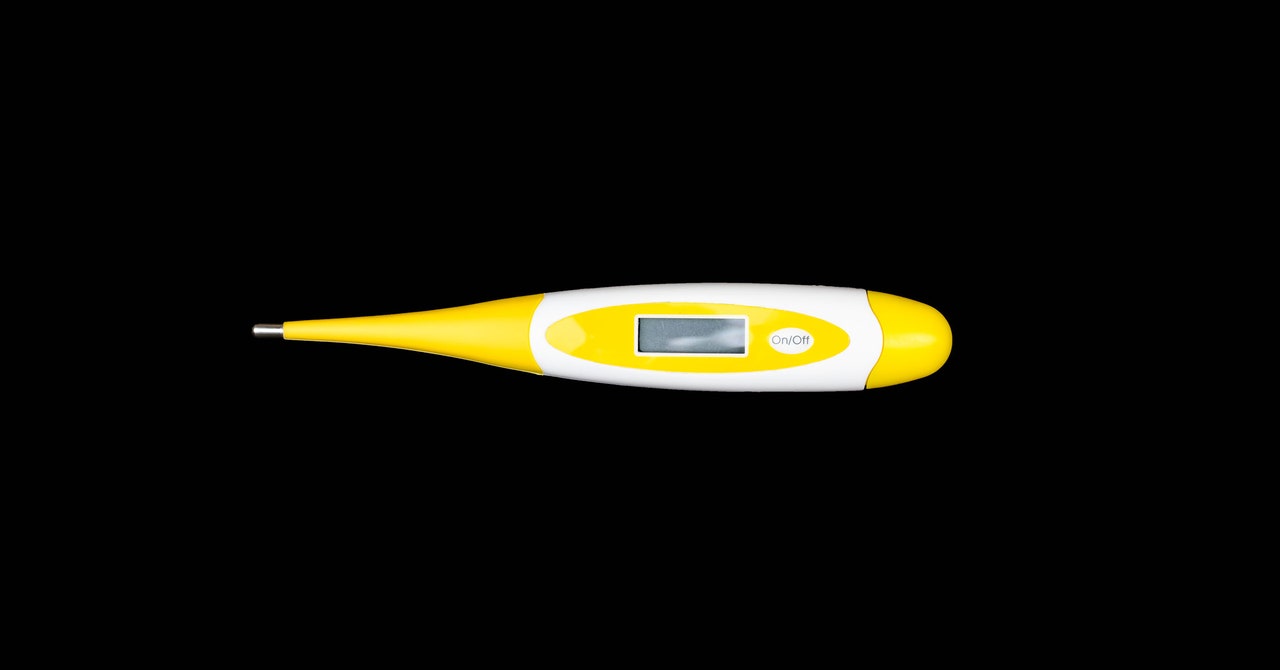During the Covid-19 pandemic, the United States is flying blind, unable to track its spread or accurately predict when the disease will peak in different parts of the country because of a lack of diagnostic tests.
To try to fix that, some researchers are turning to tools that first debuted after the 9/11 World Trade Center and anthrax letter attacks of 2001, asking whether data that is collected under other auspices—or volunteered by people who think they might be infected—could buttress the official detection system and offer early warnings of hot spots. Some think it could be one of the pillars for a national strategy that carries the United States into a safe zone beyond the peak—provided key issues of reliability, privacy, and equity can be worked out in time.
The term for collecting that kind of data is “syndromic surveillance.” In medicine, a syndrome is a cluster of signs (things that can be measured, such as temperature) and symptoms (things that are subjective, like a headache) that might be associated with more than one diagnosis, or hasn’t received a diagnosis yet. Noticing signs and symptoms is what propels people to seek a doctor’s visit if they can, and get tested if a test is available, so identifying syndromes can provide useful data days or weeks before test results arrive. But because syndromes are nonspecific—fever, body aches and cough, for instance, could indicate either Covid-19 or the flu—lifting the signal out of the background noise is a challenge to solve.

How Long Does the Coronavirus Live on Surfaces?
Plus: What it means to “flatten the curve,” and everything else you need to know about the coronavirus.
The first project to step up to the challenge is Covid Near You, a crowdsourced symptom tracker built by a team of epidemiologists and bioinformaticists at Boston Children’s Hospital who run the global early detection site HealthMap and created a similar project, Flu Near You, in 2011. Covid Near You launched in late March after a week of intense donated effort by Brownstein and volunteers from Apple, Amazon, Google corporate parent Alphabet, and a handful of other companies. As of Friday night, more than 444,00 people in the US had fed their symptoms into the tracker, along with more than 397,000 in Canada and 2,000 in Mexico.
The site doesn’t ask people to identify themselves, beyond their age, gender, and zip code. It also doesn’t restrict data entry to people who have been to a doctor or have a lab-confirmed test result. It asks a simple introductory question: How are you feeling? If you say Great, Thanks! it routes you to registering whether or not you had a flu shot and then optionally asks for a mobile number for texts. If you choose Not Feeling Well, it routes you instead to an interrogation of 21 signs and symptoms, as well as your flu shot history, travel history, whether you’ve had contact with a Covid-19 patient or sought a Covid test, and whether you’ve been quarantining.
The site’s back end sorts out the well from the potentially sick, stashes the information about the not-sick for future reference, and reports in map form only those whose

